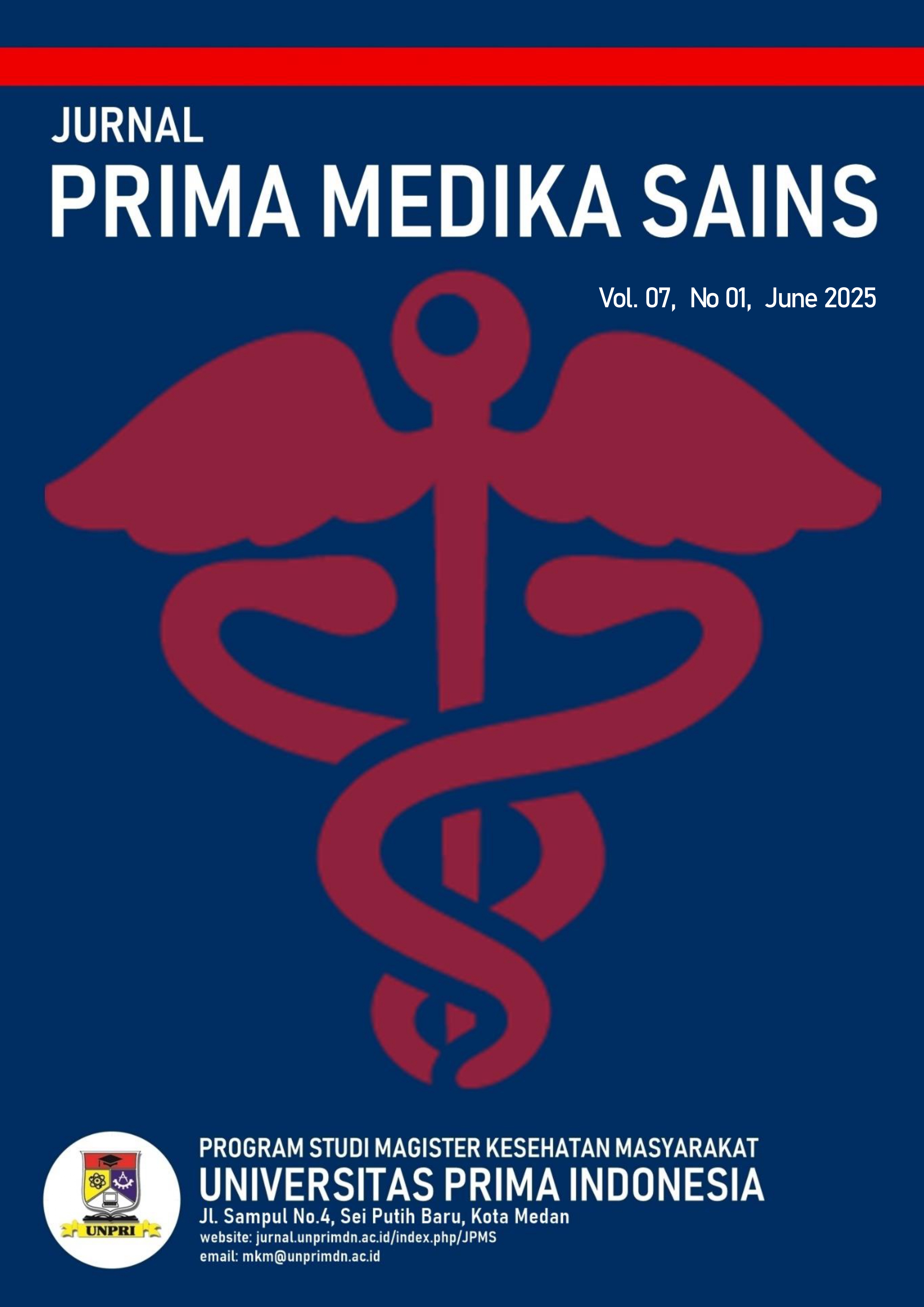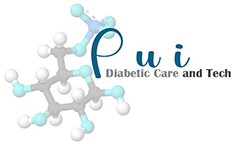Association of perirenal fat thickness, abdominal subcutaneous fat thickness and renal sinus fat diameter with hepatic steatosis
DOI:
https://doi.org/10.34012/jpms.v7i1.6758Keywords:
hepatic steatosis, perirenal fat thickness, abdominal subcutaneous fat thickness, renal sinus fat diameterAbstract
Hepatic steatosis (HS), characterized by the abnormal accumulation of triglycerides within hepatocytes, is a prevalent pathological condition. However, its detection rate often underestimates its true prevalence, particularly when assessed using abdominal computed tomography (CT) scans. This quantitative cross-sectional study, conducted from September 2024 to February 2025 at Royal Prima Hospital, aimed to investigate the associations of perirenal fat thickness (PrFT), abdominal subcutaneous fat thickness (ASFT), and renal sinus fat diameter (RSFD) with HS. A non-probability sampling method was utilized, and a total of 272 non-contrast abdominal CT scans were analyzed. Statistical analyses were performed using SPSS software. HS was defined as an average hepatic parenchymal Hounsfield Unit (HU) value at least 10 HU lower than that of the spleen, with an absolute hepatic HU attenuation of less than 40. The grading of HS was determined according to the CT liver-spleen (L-S) ratio: mild (0.7 < CT L-S < 1.0), moderate (0.5 < CT L-S < 0.7), and severe (CT L-S < 0.5). The results demonstrated a significant association between the mean right-left PrFT and the presence of HS (p = 0.007), suggesting that perirenal fat may contribute to the development of HS. In contrast, neither the mean right-left RSFD nor the ASFT showed a significant association with HS presence (p = 0.056 and p = 0.904, respectively). Furthermore, none of the fat measurements (PrFT, ASFT, and RSFD) were significantly associated with the grading of hepatic steatosis (p = 0.800, 0.288, and 0.996, respectively). These findings underscore the potential utility of PrFT as a non-invasive indicator for HS diagnosis. The study also highlights the importance of quantitative measurements, such as hepatic and splenic HU values and CT L-S ratios, for the accurate diagnosis of HS, as visual assessment alone may be insufficient.
Downloads
Published
How to Cite
Issue
Section
License
Copyright (c) 2025 Audrina Ernes, Chrismis Novalinda Ginting, Ica Yulianti Pulungan

This work is licensed under a Creative Commons Attribution 4.0 International License.






